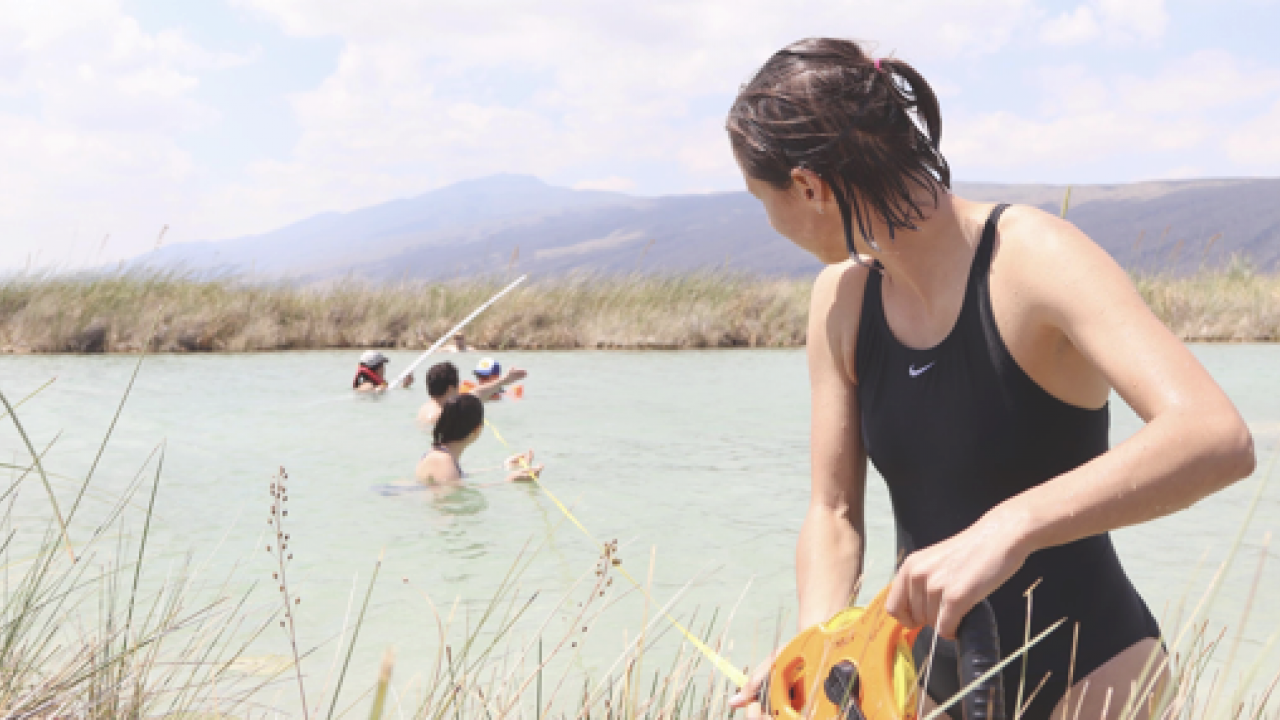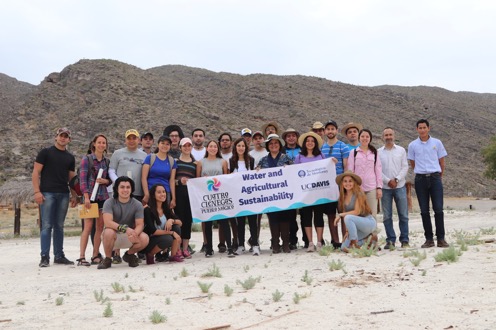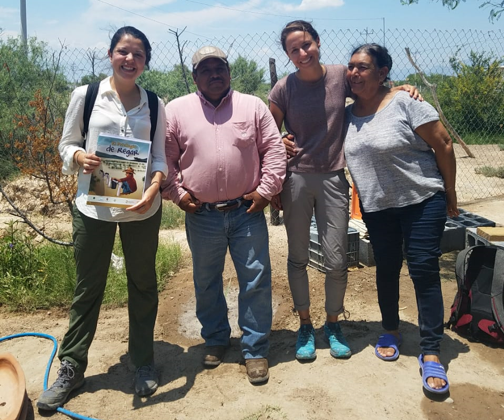
Agricultural Water Management and Education in Cuatro Cienegas, Mexico
Cuatro Cienegas is a rare oasis consisting of freshwater pools in the middle of the Mexican Chihuahuan Desert. It supports numerous endemic species and a unique ecosystem structure. In addition, Cuatro Cienegas provides water and economic stability to the local farming community. Because of the unsustainable extraction of water resources, both from increased agricultural activity and water exportation, there is now hydrological and ecological alteration throughout the basin. In addition, there is an extreme lack of data and information about socio-environmental dynamics within the basin.

Thanks to funding from JASTRO, RIFA, and HIA, we were able to travel to Cuatro Cienegas and collaborate with local universities and agencies. Our goal was to provide a baseline agricultural and hydrologic diagnostic to promote sustainability within the Cuatro Cienegas’ basin. We accomplished this goal through three objectives: educational outreach, hydrologic assessment, and community outreach.
Our interdisciplinary undergraduate short course, “Water and Agricultural Sustainability,” was taught in conjunction with University Tec de Monterrey. Our course transferred skills and knowledge in water resources management, hydrologic field methods, and agricultural community engagement. On site hydrologic assessment shed light on the hydrologic and environmental pressures of the Cuatro Cienega basin. Community engagement through semi-structured interviews helped to understand the social and economic atmosphere and current agricultural management practices. These activities provided data that will be further analyzed and shared with local agencies in order to further develop sustainable solutions for farmers and water resources.
As a multidisciplinary project, we succeeded in transferring knowledge and skills to future generations; also, we gathered baseline socio-environmental information of the Cuatro Cienegas basin. Our experience working with collaborators and stakeholders was overwhelmingly positive. Because we were the project leads, it was possible to organize and structure our activities to best meet our goals.

Some major challenges we encountered were data gaps and time restraints. We succeeded in provided a baseline social and environmental dataset, however moving forward we hope to receive further funding to implement climate station equipment. This would allow for a better picture of the hydrologic balance within the basin and further analysis of where water resources are being consumed and conserved.
In the future, we hope to see that the local park agency is still using the hydrologic equipment that we implemented this summer to collect and analyze data. We also hope that our students apply the skills and knowledge they learned from our class to holistically solve environmental problems in the future.
This opportunity certainly strengthened our professional and personal skills by providing the resources needed to design and develop an applied research project. While performing this international project we learned how to effectively communicate, adapt and transfer our knowledge giving us important cross-cultural communication skills. It also made us more equipped to handle high intensity time and project management constraints while organizing our activities and field trips.